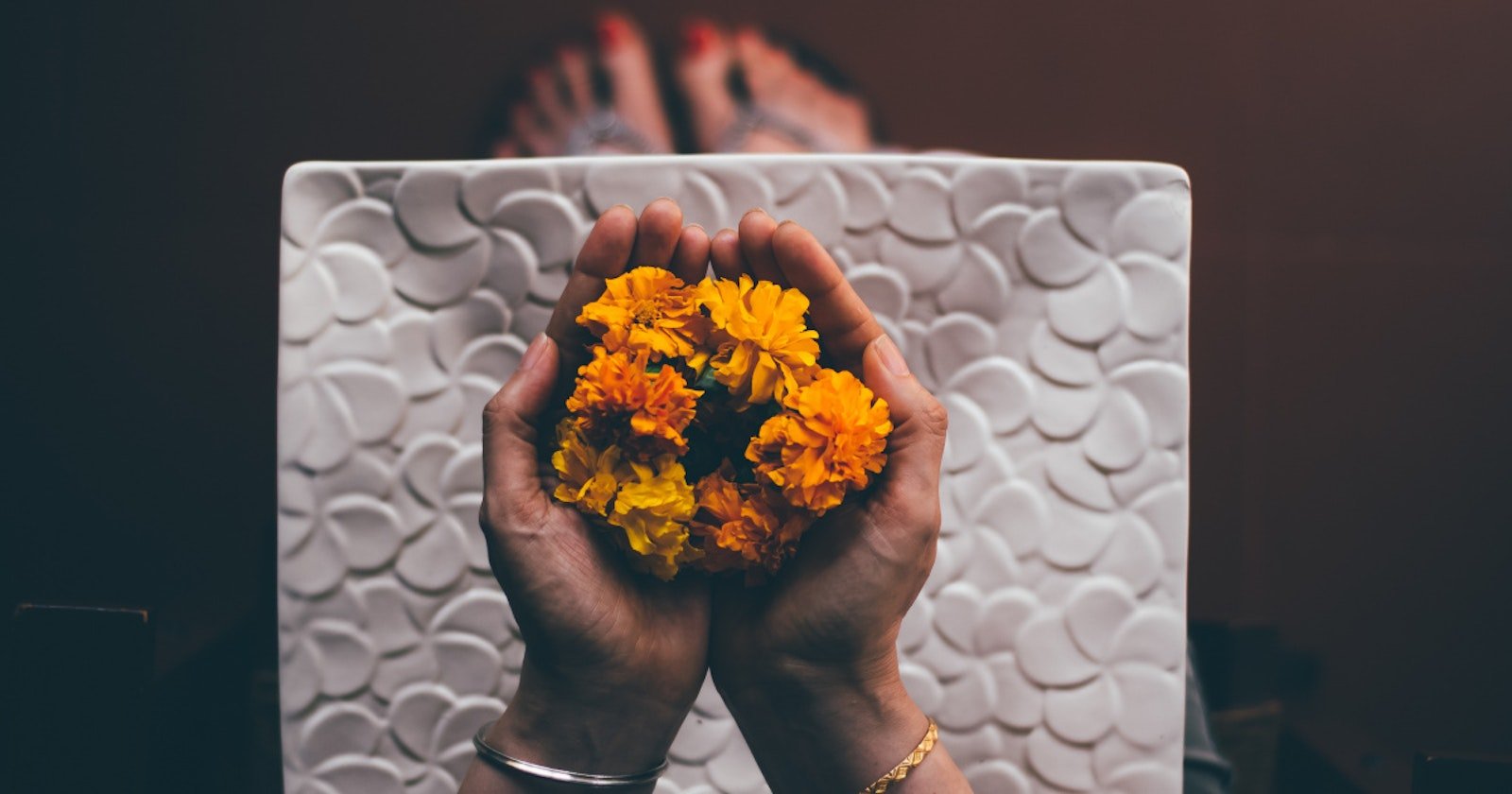This past year, my husband and I bought our first home. We moved to the Rio Grande Valley, the agricultural heart of southern New Mexico. In our little neighborhood, you can find pecan orchards, as well as fields of cotton, onions, and, of course, chile. Our last house was in the desert, where I was surrounded by sand and rocks. Now that I’m someplace with good soil, I’ve spent the past few weeks (okay, months) planning my gardens, including what it would take to start a dye garden.
As I did my research on growing a dye garden in southern New Mexico, I realized there was an expert just a few miles from my house. I took a trek up to the New Mexico Farm and Ranch Heritage Museum and spent some time with Ric Rao. Ric is a volunteer at the museum and a spinner, natural dyer, weaver, and pretty much anything else related to fiber-er. He has also been working on his dye garden for nearly 20 years now and is a well-respected expert on the subject.
When I arrived at the museum, Ric was setting up his spinning wheel and rack of naturally dyed yarns. He graciously took time to show me each and every skein and explain what dyes he used and whether they were from his garden. He talked to me about natural dyes, different mordants, and dye gardens. While I plan on doing a more in-depth talk with Ric—including a visit to his dye garden once it all starts to bloom—I do have a few notes on planning dye gardens that I learned from Ric that I’d like to share while it’s still planting season.

Some varieties of hibisucus only bloom for a day. PHOTO BY PAGE VICTORIA ON UNSPLASH.
1. You might already have a dye garden started. One of the most shocking realizations I had while talking to Ric was how many common plants are also excellent natural dyes. For example, marigolds, cosmos, hollyhocks, hibiscus, and dahlias each have varieties that can be used in dyeing. So, if you don’t have the time this year to plant a dedicated dye garden, you might have everything you need growing in your flower garden or your landscape to get started.
2. It’s easy to overload with yellow. There are a lot of plants out there that make beautiful yellow and gold dyes. If you’re planning on actually using your garden for natural dyeing, make sure you’ve chosen plants that will provide you with a variety of different colors of dye. (If you’re like me and are planting a dye garden for fun, rather than for practical use, you can ignore this point and the next and focus on growing what makes you happiest.)
3. Not all dyes are created equal. Some plants make for dyes with vibrant, beautiful colors, while others will give you much paler results. Also, flowers often come in many different varieties and colors, and some flowers are better for dyeing than others. Make sure to do your research and choose plants that will give you the results you want.
4. Make sure you know your harvest schedule. Cosmos, much like asparagus or zucchini, can be harvested almost every day and will also bloom for a good while. Hibiscus flowers, on the other hand, only bloom for a short window—some only bloom for one day! After that, you’re out of luck. Some plants need to be harvested in spring or summer, while others will last all growing season. Knowing what to harvest when and how often can help you avoid disappointment.
5. When in doubt, ask for help. This isn’t advice Ric gave me, but rather something I’ve learned over my years of gardening. Local greenhouses, garden clubs, master gardeners, and agricultural extension programs are all excellent resources. I consider myself a reasonably experienced gardener, but I still ask the specialists at my local greenhouse a lot of questions and will no doubt be peppering Ric with queries as to what variety of indigo he plants in his garden and whether it has special requirements.
While my dye garden probably won’t be happening until next year, I know that, with these tips (and more information from Ric and elsewhere), I’ll be able to plant with confidence. If you’re planning on dyeing with your garden haul, make sure to do your research and do so safely. There are many excellent books and videos on dyeing. Also, weaving and fiber guilds offer a wealth of excellent information.
Happy Weaving! Christina

